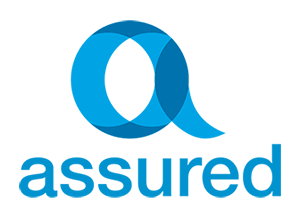Many people are now thinking of locking into a fixed rate and the decision to commit for many is agonising. I will try and make sense of it so if you are in this boat you may be able to make a better informed decision.
To Fix or not to Fix your Home Loan – Assured Home Loans
Fixed or variable home loan/mortgage?
Doing the numbers on locking into a fixed rate
Many people are now thinking of locking into a fixed rate and the decision to commit for many is agonising. I will try and make sense of it so if you are in this boat you may be able to make a better informed decision.
For this exercise i have used a $250,000 loan amount in the table below and have increased interest rates up by .25% each time.
Let’s say that the average 3 year fixed rate being offered in the market is around 7.5% and the standard variable rate is 5.5%.
If you locked in now to a fixed rate at 7.5% your interest repayments will increase to the amount shown in the last column per month. Paying the higher rate will mean you will be losing money each month until the variable rate reaches the fixed rate that you have chosen and you can see this in the table below.
| Month 1 | Month 2 | Month 3/4/5 | Month 6 | ||
| 5.5% | 5.75% | 6.00% | 6.5% | 7.5% | |
| $250,000 | -$414 | -$360 | -$310 | -$205 | $1560 |
| ($1145) |
The table shows that if you were on the standard variable rate of 5.5% your interest per month would be around $1145 however by locking into a 3 year rate of 7.5% you would now pay around $1560 in interest. Locking into this higher rate means that you will be behind by $414 per month. Let’s say rates start going up and the rise was by a further .25% then you will be behind by $360 per month (see Month 2 column). Looking say 3 more months down the track let’s factor another .25% rise again now your rate would have been 6% and you are now a further $310 per month behind.
As you’ll see, the amounts soon start to add up when compared to staying on a variable rate.
Let’s now add a further .5% increase making the variable rate 6.5%. Every month you are now losing $205 (see month 6 column). As you can see by this example, if rates don’t increase quite quickly up to the fixed rate you locked in, you could possibly be thousands of dollars worse off within the first year alone.
Due to this rates now need to go well above the rate that you have locked into to get these losses back.
So, if for the first 18 months of the 3 year term the rate was on average 1% below the rate you locked into then rates would need to go 1% above the 7.5% rate to break even.
There is always a risk with trying to guess the market, just think of the folk that got it wrong one year ago and locked in at 8% when many commentators were suggesting rates were still going up. The other consideration is the loss of flexibility you may have by changing to a fixed rate, features like redraw and additional payments may have limitations depending on the product you have. As usual if you would like to discuss the pro’s and con’s with choosing a fixed rate or any other product please call and speak to one of our friendly loan managers.
If you’d like to talk to one of our experienced home loan consultants to assess what your finance options are,



